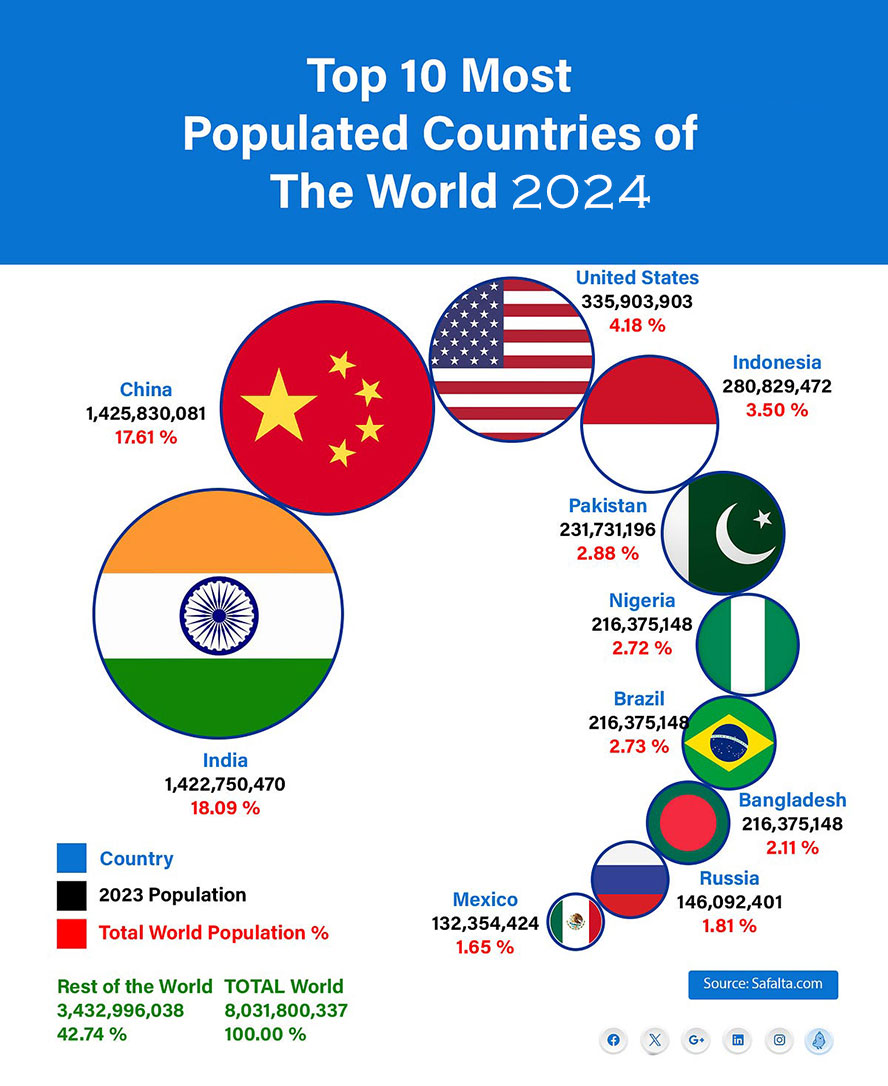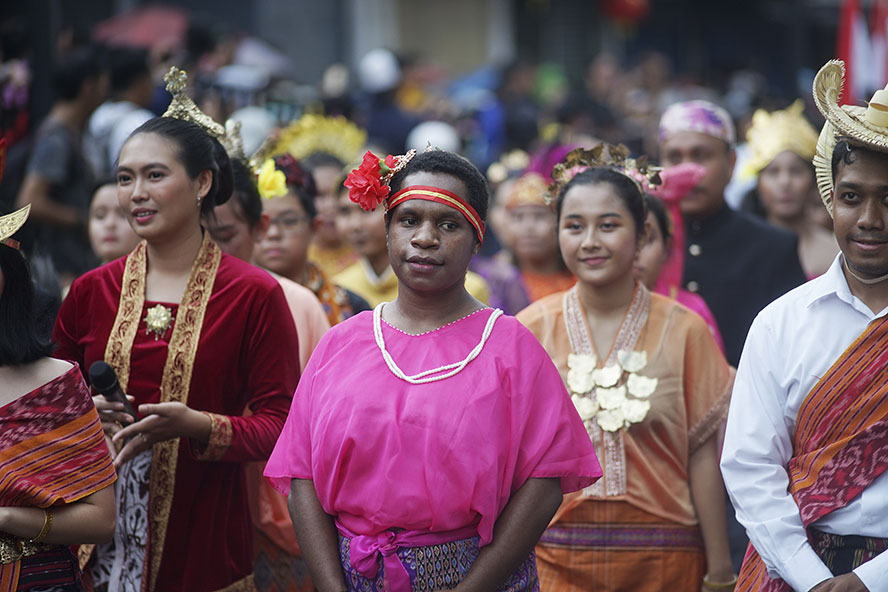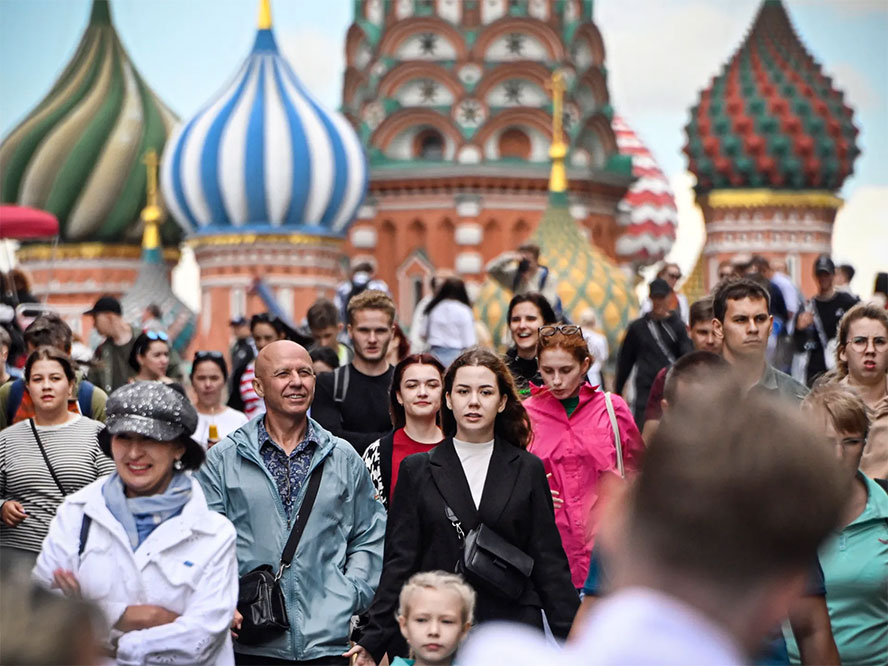Top 10 Most Populous Countries in the World 2024

When we think of the world’s most populous countries, we mostly think of China and India. These two countries have a population of more than 1.4 billion people, and the current global population has just exceeded 8 billion people, which is the ceiling level. Perhaps the performance of China and India in terms of population is too “dazzling”, so that the back of the population of the big countries have been neglected.
However, it does not matter, this article will take stock of the world’s top ten populous countries are what kind of a situation?
1st. India – 1,428,627,663

India is the most populous country in the world with over 1.4 billion people. India’s population size has been growing over the last few decades, surpassing China to become the world’s most populous country in 2023.
It is worth mentioning that, thanks to the long-term rapid population growth, India’s population is generally young, and is one of the world’s youngest countries. Some data show that India currently has about 27% of the population, are between the ages of 15 to 29 years of age between the young people, such a demographic structure is perfect. This demographic structure is perfect because it means that India will have a huge advantage over other countries in the world in terms of young and strong labor force, which can be said to be full of potential.
Of course, India’s current population problem is also very obvious, that is, the population growth is too rapid, so that the basic social system can not keep up, such as basic education, livelihood protection, industrial construction and so on. In this way, India is very difficult to convert their own demographic advantages into “dividends”, and even sometimes may become a burden.
2nd. China – 1,425,671,352

China has always been one of the most populous countries in the world, accounting for more than 20% of the world’s population. So “population” has long been one of China’s most iconic labels. But now this label is rapidly disappearing from people’s eyes.
Due to the low birth rate, China’s population growth rate has been gradually slowing down in recent years, and even once appeared “negative growth”. According to published data, in 2022 China’s population decreased by about 850,000 people.
When a country’s population falls into “negative growth”, many problems will follow. For example, the aging of the population, the lack of young labor, the lack of new consumer groups and so on. These problems will undoubtedly have a great negative impact on China’s future development.
However, with decades of rapid development, China has now become one of the most complete industrial systems in the world, and continues to develop high-end industries to avoid the possible negative impact of “negative population growth”.
3rd. United States – 339,996,563

The United States is the world’s most populous developed country, with a relatively stable population development state, in many population issues have certain advantages. For example, in China and Russia are now the most headaches in terms of population growth, the United States by virtue of a high birth rate and a large number of immigrants, still able to maintain a relatively stable population growth. This means that the U.S. current demand for young adults in the labor force, can be guaranteed.
Another example is India and other South Asian countries headache population supporting aspects, the United States as a developed country, has a relatively perfect socio-economic system, whether it is education and livelihood, or industrial services, can give more adequate matching resources, so that their own demographic dividend maximize the conversion out.
So although in the United States there are such as population aging, childlessness and other “rich disease”, but the overall development trend is still relatively mild, can be stabilized in the demographic structure of the “bell-shaped” state. And all this is obviously and the United States own strong national strength is inseparable. Because a country’s demographic development, and social and economic closely linked. Of course, the reverse is also true, the United States of America’s strong national strength is inseparable from its own stable demographic structure.
4th. Indonesia – 277,534,122

With a total population of about 277 million, Indonesia is ranked third in Asia and fourth in the world, with a population density of 153 people per square kilometer, indicating that it is a densely populated country.
With its vast land mass and large population, Indonesia’s economy is also impressive, with a nominal GDP of US$1.42 trillion in 2023, the highest in Southeast Asia and the fifth highest in the Asian region. In addition, GDP per capita exceeds $5,000, ranking 25th in Asia.
Overall, Indonesia, which has been developing rapidly in recent years, has become a rising star of economic growth in Southeast Asia.
5th. Pakistan – 240,485,658

As we all know, India’s population reached 1,428.6 million in April 2023, surpassing China as the world’s most populous country.
Meanwhile, India’s neighboring country, Pakistan, is also experiencing a fairly rapid rate of population growth. According to the latest statistics, Pakistan’s population has reached 241 million as of 2023, an increase of 33 million since 2017 and an average annual growth of 5 lakhs, making its total population the fifth largest in the world after India, China, the United States, and Indonesia.
The current rate of population growth in Pak is very alarming and worrisome. Given the country’s limited national resources, stakeholders need to take urgent measures to curb the rapid population growth, which will result in higher rates of poverty and unemployment.
6th. Nigeria – 223,804,632

With a total national population of about 222 million in 2023, Nigeria is the most populous country in Africa.
Nigeria’s population is unevenly distributed, with the southern rainforest region and the northern grassland region being more populous, especially the southern coastal belt and delta region, which, despite accounting for 20% of the country’s total land area, is home to nearly half of the country’s population; the central region is relatively sparsely populated. The cities with the highest concentration of population are Lagos, Kano, Ibadan and Abuja.
7th. Brazil – 216,422,446

Brazil has a total population of approximately 216 million, ranking first in Latin America and seventh in the world. The white population accounts for 53.74%, the mulatto population for 38.45%, the black population for 6.21%, and the yellow and Indian populations for 1.6%.
In recent years, Brazil’s population growth rate has been decreasing annually. between 2011 and 2022, the average annual growth rate of the Brazilian population will be 0.52%, a rate of growth that is at its lowest since 1872.
The latest data, dated March 27, 2024, shows that the number of births in Brazil in 2022 was the lowest since 1974, when the Brazilian Institute of Geography and Statistics (IBGE) began recording data. Births totaled 2,542,298, a 3.5 percent drop compared to 2021.
8th. Bangladesh – 172,954,319

As of the end of 2023, Bangladesh has the eighth largest population of about 170 million, with a population density of more than 1,100 persons per square kilometer, an average life expectancy of 71 years, and a labor force of more than 60 percent of the population between the ages of 15 and 50.
Bangladesh is a multi-ethnic country with Bengalis constituting about 98 percent of the population and more than 20 other ethnic minorities such as Chalerma, Shantar and Gano.
9th. Russia – 144,444,359

As of the end of 2023, the permanent domestic population of Russia (counting only Russian citizens) was about 144.444 million, with a decrease in population of about 0.19 % over the past year.
Russia is a multi-ethnic country with 194 ethnic groups. Of these, 77.7 % are ethnic Russians, and the main ethnic minorities are Tatars, Ukrainians, Bashkirs, Chuvash, Chechens, Armenians, Avars, Moldovans, Kazakhs, Azerbaijanis, Belarusians and others.
Russia’s population is mainly located in the central cities, with about one-fifth of the country’s population and more than one-third of the urban population clustered in 15 major cities, including Moscow, St. Petersburg, Novosibirsk, and Ekaterinburg.
10th. Mexico – 128,455,567

Mexico is one of the largest countries in the Americas in terms of area, and as a modern and important country, the country’s population exceeded 128 million people in 2023, making Mexico one of the 10 most populous countries in the world, with a world population between both Japan and Russia.
Mexico’s population is concentrated in large cities, while the rural population has been declining for years. This has also led to concerns about population growth in many already crowded cities, as continued growth could lead to pressure on the country’s resources and infrastructure.